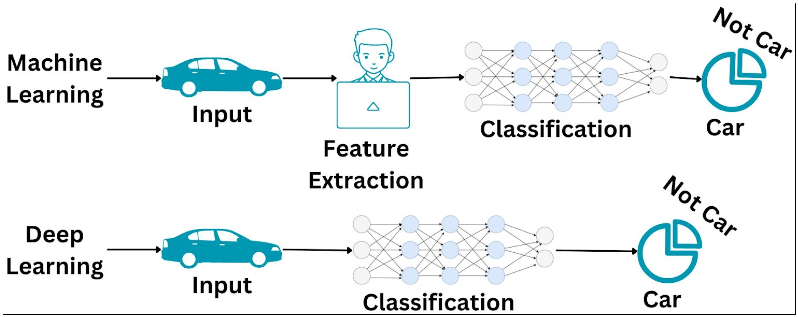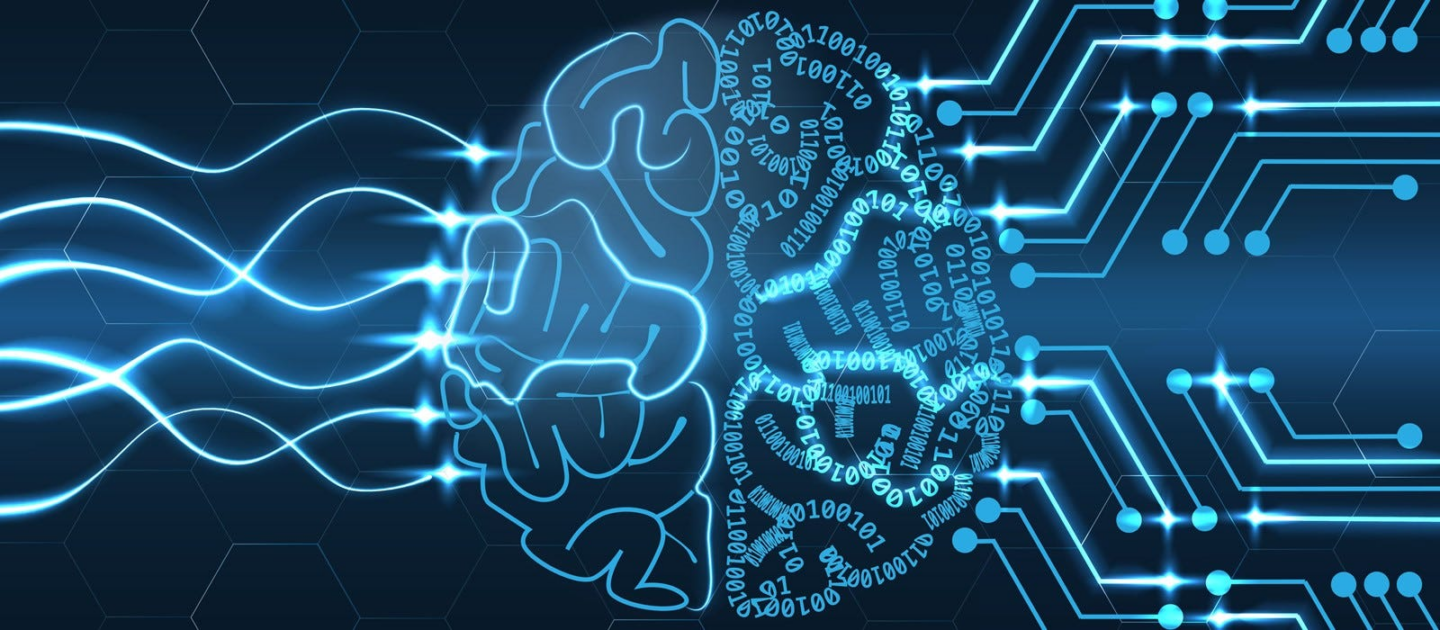Deep Learning vs Machine learning
Although you’re not a data scientist, you’ve definitely heard the phrases artificial intelligence (AI), machine learning, and deep learning bandied about in recent years. They’re even used simultaneously at times. While these concepts are connected, each has its own specific implications, and they are more than simply keywords for self-driving cars. Deep learning is a subset of machine learning, which in turn is a subset of artificial intelligence. Consider them as a sequence of overlapping concentric circles, with AI at the center, accompanied by machine learning and ultimately deep learning. In other words, artificial intelligence is deep learning, but deep learning is not AI. Below fig differentiate the AI and DL:

Machine learning is AI that can change autonomously with minimum human intervention. Deep learning is a kind of machine learning that uses artificial neural networks to simulate the brain’s process of learning.
| Machine learning | Deep Learning |
| AI’s subset | Machine Learning’s subset |
| Training of small dataset | Based on large dataset |
| Focus on particular problem mostly | Focus on identifying interesting patterns on trained dataset |
| Testing takes a lot of time | Testing takes less time |
| Requires feature extraction | Doesn’t require feature extraction |
| Data interpretation is sometimes easy and sometimes doesn’t | Data interpretation is difficult |
| It works with probability and statistics | It works with data, be it structured and unstructured |
| Problem is divided into parts, solved individually then combined | Entire process resulted in an end-to-end manner |
| Makes simple, linear correlations | Non-linear, complex correlations |
| CPU is used for training | Requires a specified GPU for training |
| Features are identified by users | New features can be extracted |
Deep Learning takes far more data to work successfully than a typical Machine Learning algorithm. Deep learning often operates with millions of data indications, whereas machine learning works with thousands. A deep learning system requires a huge dataset to minimize instabilities and produce high-quality predictions due to its complicated multi-layer design.
Conclusions
Deep learning and machine learning are two separate AI approaches that vary in their extent and prerequisites. Machine learning automatically adjusts with minimum human involvement by utilising artificial neural networks to imitate intricate learning processes influenced by the human brain. Deep learning, a kind of machine learning, relies on vast datasets to work well. It processes millions of data points, necessitating enormous datasets to reduce instabilities and produce accurate predictions. Comprehending these distinctions is essential for properly applying both paradigms to address a range of AI issues.
